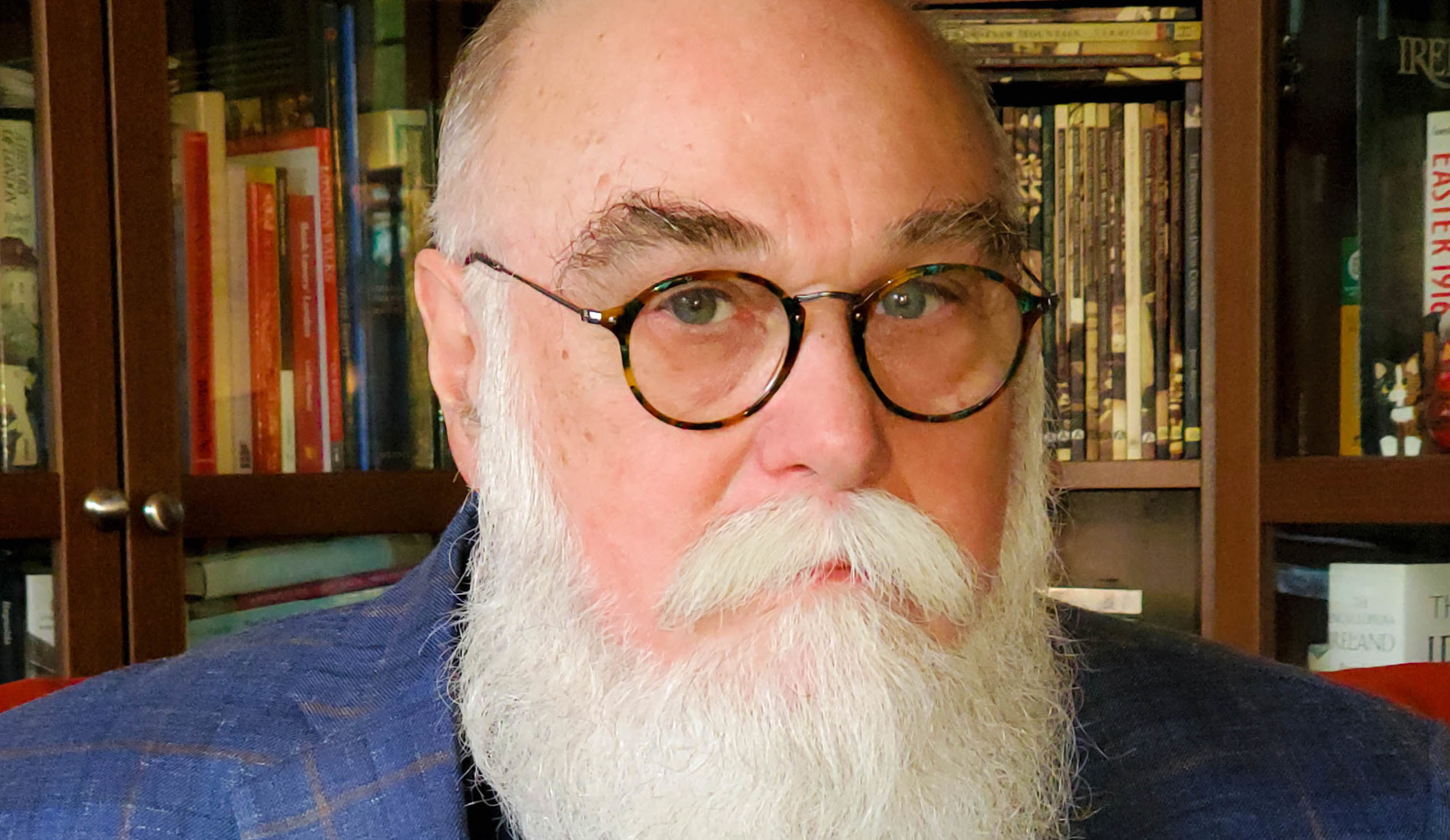When Daniel Semenza read the United Nations’ alarming August report on the worsening climate crisis, he immediately thought about how increasing global temperatures would exacerbate violent crime. The criminologist and Rutgers University–Camden professor has spent years studying violent crime and health disparities, and he has long been urging people to take their connection seriously.
Newly emboldened, Semenza went on Twitter, where he called the UN report “deeply distressing” and noted that scientists had been highlighting global warming’s potential effect on violence for years. Indeed, one 2011 study warned that climate change would become “one of the major forces driving crime as the century progresses.” A more recent analysis of gun violence in Chicago found that a 10-degree increase over the average temperature was associated with 33 percent increase in shootings.
Climate change’s impact on violence could have grave implications in the U.S., which has at least 330 million guns in circulation. We spoke to Semenza about how climate change could fuel violence and disproportionately burden communities of color. The conversation has been edited and condensed for clarity.
JM: How exactly could a warming climate contribute to gun violence?
DS: Gun violence tends to cluster in more disadvantaged areas where people are interacting, engaging, and getting into conflicts over smaller things, shows of disrespect, and interpersonal issues that happened with family and friends. When it’s hot outside, we’re more frustrated, and it’s easier to get angry. You throw a bunch of guns into the mix and you can see how violence can ensue.
Shootings spike in summer months, and that’s often because in the communities where gun violence is high, a lot of people don’t have air conditioning or they live in smaller homes where they’re not comfortable, so they go outside more. This creates more opportunities for people to bump up against one another and create conflict.
That’s interesting — I noticed during the beginning of the pandemic, people were asking why gun violence was going up if everyone was staying home. But everybody was stuck in one place and in each other’s faces constantly, and it seemed like a recipe for interpersonal violence.
I have it in my notes, in big bold letters, “analogous to pandemic.” I’ve been talking to people about why violent crime has risen in the pandemic, and one of the biggest things that I think is implicated is the destabilization of communities that were already at a disadvantage. And extreme weather events are forms of destabilization. They affect services people are used to and where people can go and feel safe, and not be on the streets where conflict might arise. If extreme weather happens more often, damaging people’s homes or affecting their livelihood, you’re increasing what criminologists call strain, or stressors. And the more stressors and strains you put on people and on communities, you tend to see increases in crime, and violent crime in particular.
In other words, the communities hit hardest by gun violence will also bear the brunt of climate change-related gun violence.
Yeah. It’s going to affect the communities that are already disadvantaged when it comes to socioeconomic status and racial segregation, that are already having higher-than-average gun violence rates. To me, that’s the scariest and most concerning problem here: that climate change will be implicated in further widening inequality in many ways, including violent crime.
If you think about this almost in a medical sense, there are all these chronic problems that occur in communities that have longstanding economic and poverty issues, and then something like a pandemic comes, and it’s very, very acute. And that acute problem exacerbates a lot of the chronic problems that were occurring, just like with a medical patient. Well, the effects of climate change could be longstanding, but they could also be acute changes that happen in communities, that then exacerbate a lot of the preexisting issues that cause surges in violence, in the same way that the pandemic did. It’s a piling on where things are already tough.
Are there regions of the country that might be more prone to climate change-related surges in violence than others?
The research out there shows that relative changes in temperature seem to potentially have effects, so places that may not normally have very hot weeks, or particularly hot days, and then see a rise in temperature may be prone. Also, communities near places where sea levels are rising, that then have forced displacement or migration. Those things could be major strains. There’s also the spread of infectious disease, water shortages, and attacks on livelihood. Like gun violence, it’s multifactorial.
Why aren’t we hearing more about this connection?
It may not be readily apparent. Violent crime has generally been decreasing over the last few decades, whereas temperature on the whole is increasing — much slower, but it is warming. So when you look at these two trendlines, it might be harder to point to a direct relationship. But when you look at a particular location, and you start to break it down into daily or monthly fluctuations, you start to see a closer relationship. Also, the broader focus has been on how climate change might be implicated in armed conflicts between countries and states over time, and there’s been less thinking about interpersonal violence.
What needs to happen now?
We can talk about the speculative reasons as to why this might happen, but the more research and understanding that there is around this, the better we can make the case that climate change could exacerbate violence in communities that are already hard-hit.
What gives me a little optimism is that there was a lot of fanfare around the UN report. Addressing climate change and doing the things that need to be done to reduce greenhouse gases and emissions — that is happening, and it’s happening more quickly and more urgently than it was two decades ago.

